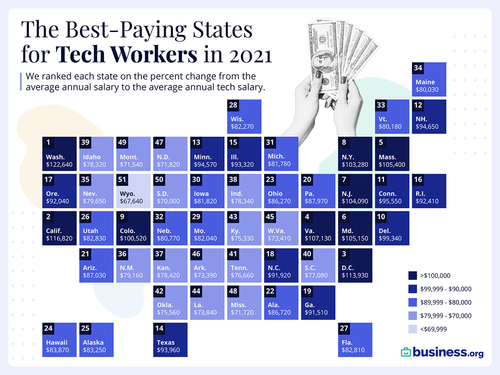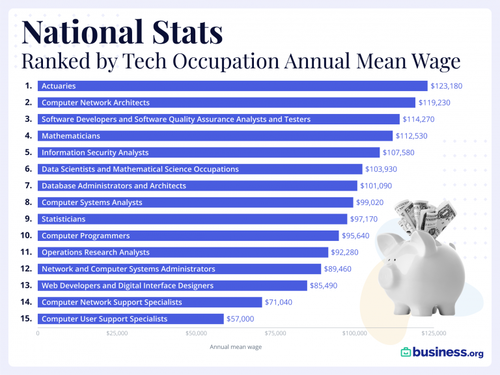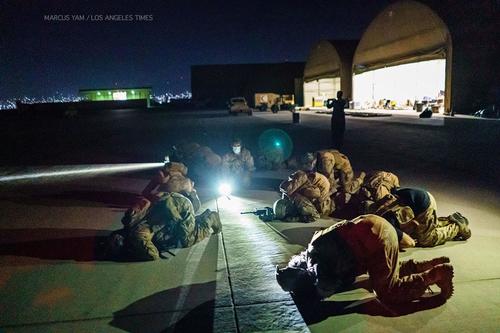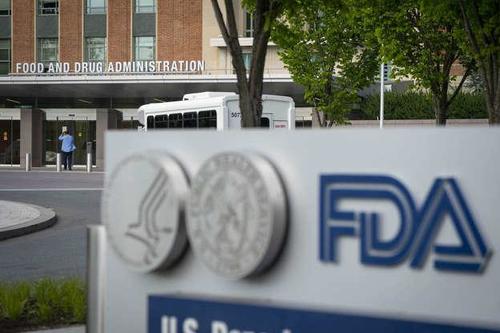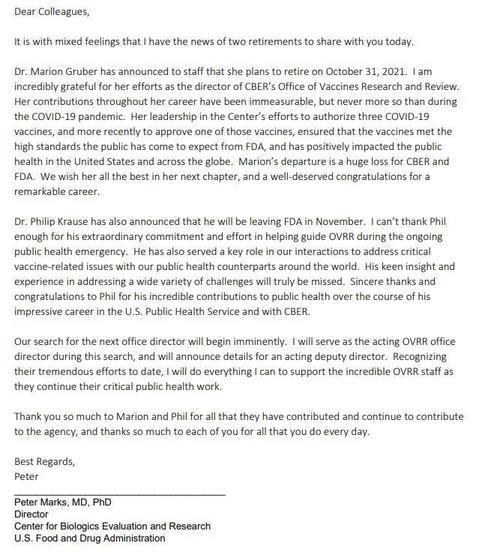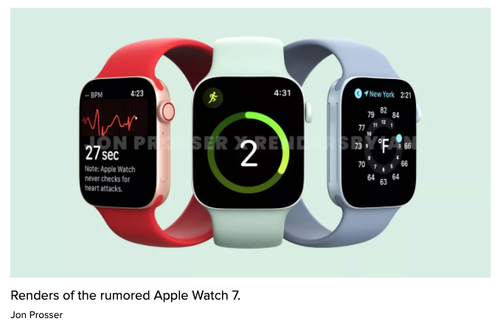From yesterday’s Washington Court of Appeals decision in WASHLITE v. Fox News (opinion by Acting Chief Judge Beth Andrus, joined by Judges Linda Coburn and Cecily Hazelrigg):
On April 2, 2020, WASHLITE brought this lawsuit, alleging that Fox hosts and television personalities violated the CPA [Washington Consumer Protection Act] by making statements, on-air, downplaying the danger posed by the coronavirus, describing the pandemic as a “hoax,” and accusing government officials and media organizations of exaggerating the danger posed by COVID-19 in an attempt to undermine former President Donald J. Trump. {WASHLITE alleged, for example, that on March 7, 2020, Fox host Judge Jeanine Pirro (ret.) stated on her show that “the talk about coronavirus being much more deadly (than the flu) doesn’t reflect reality.” On March 8, 2020, host Pete Hegspeth stated “[t]he more I learn about coronavirus, the less concerned I am.” On March 11, 2020, host Matt Schlapp stated “[i]t is very very difficult to contract this virus.” And on March 13, 2020, host Ainsley Earhardt stated “it is actually the safest time to fly.”} WASHLITE sought to enjoin Fox from airing any further misinformation about COVID-19, to require Fox to retract prior false statements, and to pay damages to unnamed “John Doe” consumers….
WASHLITE initially argues that Fox’s cable content does not enjoy full independent protections under the First Amendment because cable providers, through which Fox offers its programming, retain a degree of editorial control over that content….[But t]he fact that a cable operator may curtail the speech of Fox hosts on its own channels does not mean that the State, through judicial action, may do the same…. And [WASHLITE’s] argument is inconsistent with the court’s holding in Turner Broad. Sys., Inc. v. F.C.C. (1994), where … the court recognized that both “[c]able programmers and cable operators engage in and transmit speech” and thus “are entitled to the protection of the speech and press provisions of the First Amendment.” The fact that Fox offers its programming through cable providers does not lessen the extent of the First Amendment protections it enjoys in the context of direct state regulation….
WASHLITE next argues that Fox’s statements regarding the coronavirus and the disease it causes, COVID-19, made during a global pandemic, are not protected because they are false. We reject this contention because the challenged statements implicate matters of public concern and thereby fall squarely within First Amendment protections….
[WASHLITE] contends that content-based regulation is permissible in this instance because false statements regarding threats to public health fall within an exception to the First Amendment’s broad protections. To support its assertion, WASHLITE argues content-based regulation of speech is permissible in several instances: false statements to the government prohibited under 18 U.S.C § 1001 and RCW 9A.76.175, speech inciting lawless action, terroristic threats, and defamation. WASHLITE argues false statements regarding threats to public health are analogous and that, “[b]ootstrapping these concepts to this case, Fox cannot reasonably deny that it knew that characterizing COVID-19 as a hoax was false…. It acted with reckless disregard for the truth of COVID-19 when it regularly broadcast that the virus was a hoax or words to that effect.” … [But] WASHLITE cites no authority for the proposition that false statements about threats to public health, even if recklessly made, fall within any exception to the First Amendment. To the contrary, the Supreme Court in Alvarez disavowed the principle that false expressions in general receive a lesser degree of constitutional protections simply by virtue of being false. The court stated that its precedent restricting the value or protections afforded objectively false statements
all derive from cases discussing defamation, fraud, or some other legally cognizable harm associated with a false statement, such as an invasion of privacy or the costs of vexatious litigation. In those decisions the falsity of the speech at issue was not irrelevant to our analysis, but neither was it determinative. The Court has never endorsed the categorical rule the Government advances: that false statements receive no First Amendment protection.
The court went on to explain that,
[w]ere the Court to hold that the interest in truthful discourse alone is sufficient to sustain a ban on speech, absent any evidence that the speech was used to gain a material advantage, it would give government a broad censorial power unprecedented in this Court’s cases or in our constitutional tradition.
WASHLITE’s allegations that the challenged statements are false and recklessly made simply cannot overcome the protections afforded speech on matters of public concern under the First Amendment, even in the face of the State’s undoubtedly compelling interest in the public dissemination of accurate information regarding threats to public health.
The First Amendment’s guarantee of free speech does not extend only to categories of speech that survive an ad hoc balancing of relative social costs and benefits. The First Amendment itself reflects a judgment by the American people that the benefits of its restrictions on the Government outweigh the costs. Our Constitution forecloses any attempt to revise that judgment simply on the basis that some speech is not worth it.
United States v. Stevens (2010).
“If there is a bedrock principle underlying the First Amendment, it is that the government may not prohibit the expression of an idea simply because society finds the idea itself offensive or disagreeable.” Texas v. Johnson (1989). Although WASHLITE pursues the meritorious goal of ensuring that the public receives accurate information about the COVID-19 pandemic, the challenged statements do not fall within the narrow exceptions to the First Amendment’s protections. We affirm the trial court’s conclusion that, however laudable WASHLITE’s intent, its CPA claim is barred by the First Amendment.
I think this is generally quite right, certainly as to the “cable television is unprotected” argument (see this post) and likely also as to the “false statements about epidemics are unprotected” argument. In addition to the Alvarez plurality statements cited by the Washington court, note that five Justices and three dissenting Justices in Alvarez agreed that
[T]here are broad areas in which any attempt by the state to penalize purportedly false speech would present a grave and unacceptable danger of suppressing truthful speech…. Laws restricting false statements about philosophy, religion, history, the social sciences, the arts, and the like raise such concerns, and in many contexts have called for strict scrutiny. But this case does not involve such a law.
That’s from Justice Breyer’s two-Justice concurrence, but Justice Alito’s three-Justice dissent took the same view, adding “The point is not that there is no such thing as truth or falsity in these areas or that the truth is always impossible to ascertain, but rather that it is perilous to permit the state to be the arbiter of truth.” I think this logic applies to statements about medical science as well as social science.
from Latest – Reason.com https://ift.tt/3t1MYoM
via IFTTT
